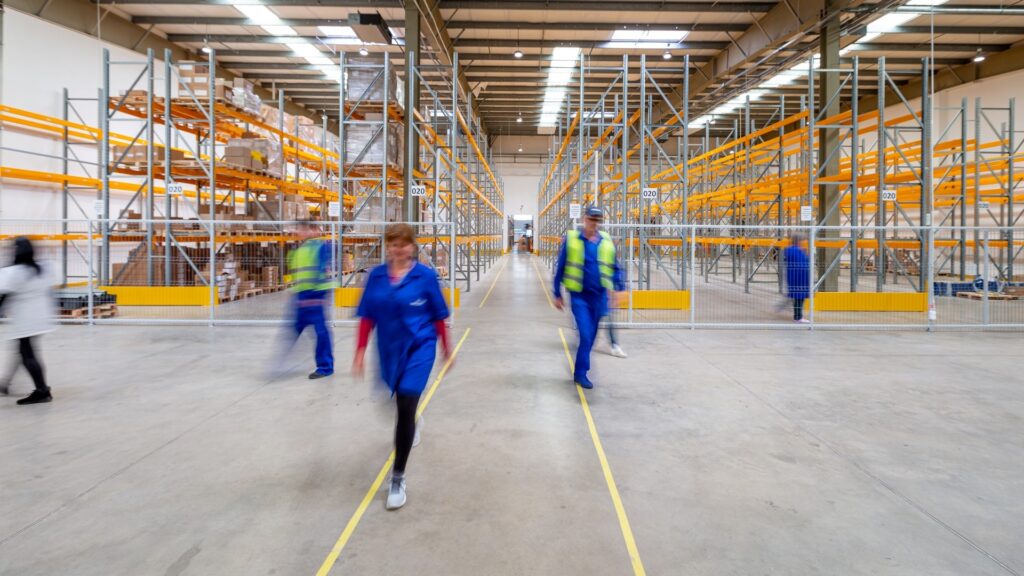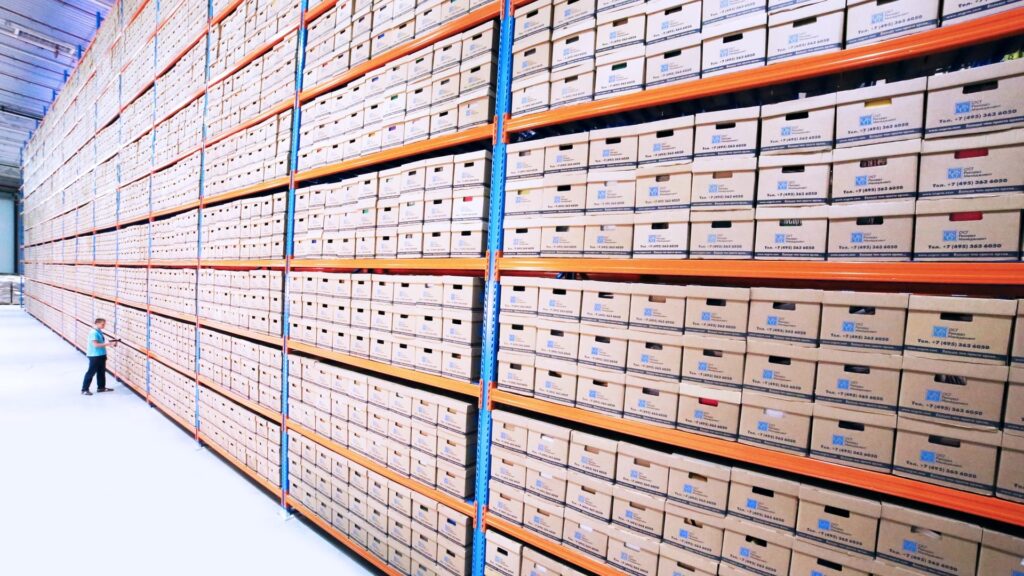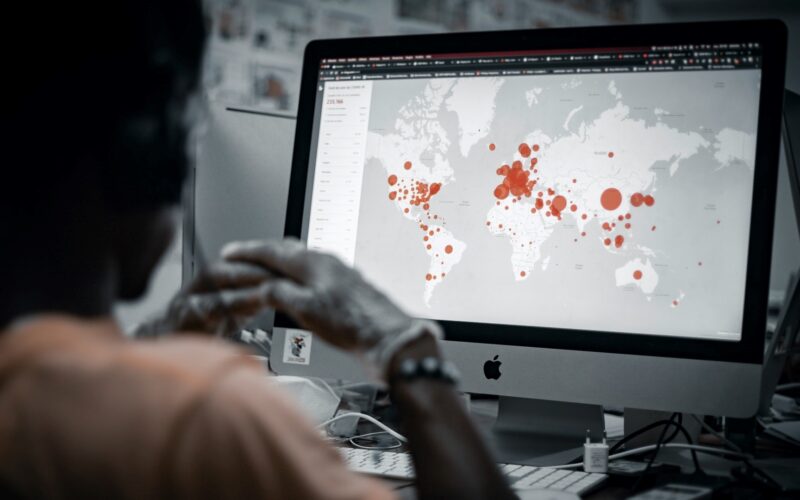If we’ve learned anything over the last two years about COVID-19, it’s that it can have a significant impact on the global supply chain. This is exacerbated by the fact that it is nearly impossible to predict the severity and timeframe in which a new wave will occur. Many problems plaguing the global economy can be traced back to the pandemic. However, there are additional crises on the horizon. By 2030, we can expect at least two new pandemics. In addition, other disruptions are rapidly escalating and causing problems for international supply. However, today we will only focus on the threats a new pandemic will have to the global supply chain. We hope to help you better prepare your business for the worst-case scenario.
A Slowdown of Sea Freight
In the event of a new pandemic, the first significant threat to global supply chains will be a lack of maritime freight. The main reason is that long-distance maritime transport has traditionally been the backbone of global commerce. Many logistics sectors have yet to recover from the first wave of COVID-19 shutdowns. Not only that, but the problems this industry is experiencing do not appear to be decreasing. For example, by the end of last year, ships had to wait up to a whole month on average for a berth in many California ports. Delays were also increasing at other west coast ports as airlines sought alternate routes into the United States. For months, several of the world’s leading ports have been working at or beyond their maximum sustainable capacity due to staffing shortages.

Labor Scarcity
A lack of professional workers will be another significant threat to supply chains in the event of a pandemic. Because of previous pandemics, most logistics firms have worked overtime to compensate for the lost time. This has had a significant impact on their personnel. As a result, many people working in this industry are overworked and stressed out. If another pandemic occurs, people who have been contemplating quitting will likely take the final step. In the United States, for example, a record number of individuals are leaving the labor force in the last year.

Many industries continue to have open employment, particularly in crucial logistical occupations. These primarily include the truck and van industries. However, this is the case in the heavy freight industry as well. Because of this, strikes have broken out all around the globe. Most employees seek higher wages and better working conditions. We must also mention that according to research, labor-related issues are only set to worsen in 2023. Workers will have substantial negotiating leverage in industries already experiencing labor shortages, and growing living costs in many regions will add to the push to boost pay.
Delays in Production
So far, with every wave of covid-19 came major delays in production and supply. Because of this, manufacturers are fighting for the limited supply of crucial commodities and logistical capability. The pandemic has heightened the need for supply chain review and adaptation. This is not a completely bad thing, however. The result of this is that retailers are moving to a completely different supply chain model than before. The industry is assessing and investing in long-term supply chain strategies, laying the groundwork for a new post-pandemic normal. The days of buffering erratic supply with the extra inventory at the lowest possible cost are rapidly becoming a thing of the past.
When it comes to developing their supply chain, manufacturers are taking a risk-based approach. The industry must address numerous long-standing supply issues. Product specifications are also being re-engineered, resulting in more robust and cost-effective supply chains. It’s now possible for businesses to claim leadership positions in this new normal, thanks to this new development.
Excess Inventory
The problem with inventory that can arise in a pandemic situation is the inverse of labor. There’s a lot of it. Since the first wave of the pandemic, an increasing number of manufacturers have begun to stockpile surplus products to mitigate the impact of production delays. According to Fairfax Transfer and Storage experts, many companies in several industries have increased their buffer inventories in the last year. This is because these companies want to ensure their security after two years of shortages and delays.

Companies stockpile warehouse items and components as insurance against future disruption. This is, however, causing significant issues for the supply chain. Excess inventory is expensive to maintain and takes a lot of space, so companies must pay to purchase, store, and manage all of these products. And there’s always the possibility of having rotten or outmoded goods. This is particularly the case when demand is as erratic and difficult to estimate as it is now.
How to Minimize the Losses Your Company Might Sustain
To mitigate the problems that come with a pandemic, you must use a scalable crisis management approach. Some of the things to consider for crisis management are:
- The quality of your operations: Operations must be adaptable and robust enough to respond to changes in trade flows.
- Use the right technology: You should use technology to minimize operational costs, provide visibility, and diversify how client demands are handled.
- Focus on the digital aspect of your business: It is critical to adapt to digital operations and produce actionable changes from data.
- Make sure your supply chain networks are adaptable: Fleet management and supply chain networks must adapt to changing client demands.
Conclusion
Now that you know what the threats a new pandemic will have to the global supply chain, you can start looking at ways to prepare for it. We understand that no one wants to consider the possibility of a new pandemic, but it is always better to plan for the worst and hope for the best.













